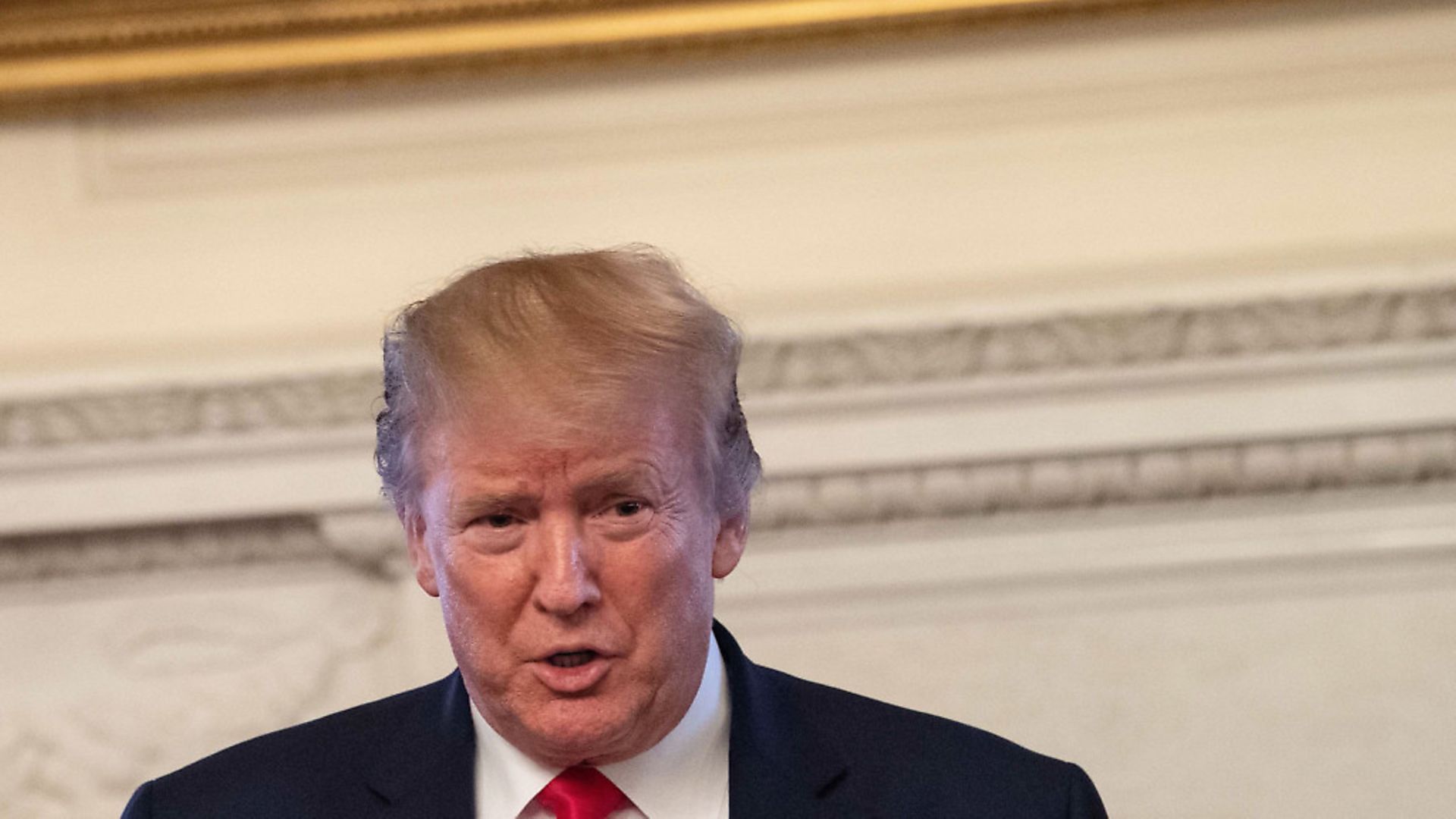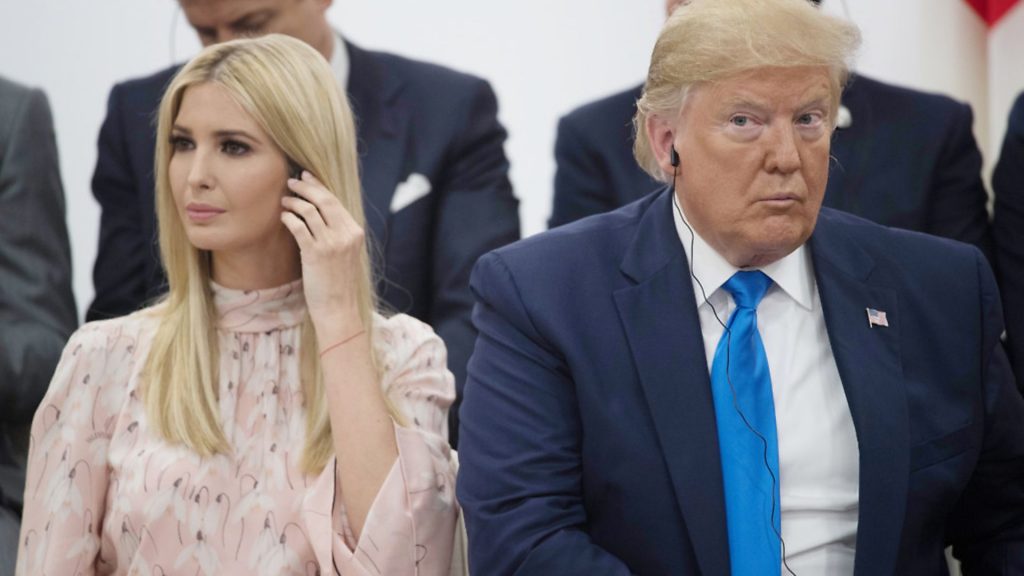
Neither Akiro Kurosawa’s masterpiece Seven Samurai, nor the greatest remake ever made and not based on it, the Magnificent Seven, are about Wisconsin, says BONNIE GREER.

The plot of both films is a classic one: a cowering, mind-their-own business, leave-us-alone small group of folks decide to bring an end to what they feel threatened by.
Many Wisconsin folks are what is known in the States as ‘God-fearing’ people: church, probably no liquor on Sundays, and all of that.
They are the good folks who cringe at ‘bad words’; switch television channels at any hint of out-of-wedlock sex; pay their bills on time; work to get rid of the mortgage so that they can hand the house on to the kids; have the same job at the same factory for decades; and they are staunch pro-labour, blue collar all the way.
Wisconsin is located in the north central part of the United States and when Americans think of the state, aside from its cities, they see lakes. The lakes are the mighty Great Lakes: Lake Superior and Lake Michigan, sea-like, huge and tranquil, deep blue and ideal for holidays and for just dreaming.

The state was largely settled by German and Scandinavian immigrants who created the milk industry. Milk, as well as the beer brought over by the Germans, is still what people associate with Wisconsin.
But the history is not all benign.
Andrew Jackson, the favourite president of the current American president, signed the Indian Removal Act of 1830, which in the end, removed indigenous people from their ancestral lands. It remains an American tragedy.
The influx of white miners into the state in the 19th century caused the indigenous people to fight back in the Winnebago War of 1827 and the Black Hawk War of 1832.
The mighty Algonquian language of the indigenous peoples gave English the word ‘Wisconsin’ itself, as well as ‘Milwaukee’, the state’s largest city.
Ojibwe/Chippewa, Odawa, Potawatomi, and Cree peoples still live in Wisconsin. They also run a big casino in Milwaukee. A good way to make money.
Milwaukee’s black and white population are almost evenly divided, statistically. A working class city with a history of racial division, it has a museum devoted to lynching. It is called the Black Holocaust Museum. The city’s ‘metro area’ – where people do major shopping, and so on – is Chicago, Illinois, 90 miles to the south.
Wisconsin’s state capitol is Madison, considered the second highest area for state education in the country, with more PhDs per capita than anywhere in the United States. It is home to the University of Wisconsin-Madison and is a bastion of liberal and progressive politics. It is also called, by some, “77 square miles surrounded by reality”.
Wisconsin, with its history of labour-organising – the state almost defeated a sitting governor over a labour law – was considered done and dusted in regard to the 2016 election. All of the polls showed that Hillary Clinton and her running mate Tim Kaine had no problem there. In fact, Clinton was so sure of Wisconsin that she did not even go to the state. Not once.
In the end, she won 1,382,536 votes (46.45%). Trump won 1,405,284 votes (47.22%). But most importantly, he won all of the states’ 10 electoral college votes. And it is these votes that elect the president.
Wisconsin has voted in 43 elections since becoming a state. It has voted for the winner 33 times, the loser, 10. And in spite of the fact that the state voted for Barack Obama and Joe Biden, and Bill Clinton and Al Gore, twice, it could elect Trump again.
In fact, he’s counting on it.
The question, then, is: why would Obama/Biden voters vote for Trump? This same question is asked of white evangelicals, whose precepts Trump has hardly adhered to in the past. For that matter, why would traditional Republicans vote for Trump, who has hardly been an exemplar of their ideals?
The answer lies in the plot of Seven Samurai and in The Magnificent Seven. To the voters of Wisconsin, the evangelicals and traditional Republicans, they are the beleaguered villagers. They feel surrounded, overwhelmed. So they have hired a gun-slinger to take out the people who frighten them. Trump is the samurai and Yul Brynner in one. In other words, these groups – and entire states – have hired Donald Trump.
They have hired him to fight immigration; or fight Roe v Wade, which ensures the right of a woman to control her own body; or to wipe out what they see as the liberal bias on the federal bench; or any number of things.
And like the villagers in the two films, they do not have to like him. It’s all about the job. Just like it will be in 2020.
There is a great clip from an American series called Trackdown, which was on television in the late 1950s. It features a con man who rolls into town and tells the frightened villagers – who are afraid of Indians and Mexicans – that he can build a wall. This way, he can keep everyone out, assuage their fears, make them feel that they are in control again, that the world is set to rights.
They are the people who see what they believe to be their world caving in, ‘others’ waiting to take them out. They look to a man who rolls into town with a covered wagon and the promise that he is their saviour.
The cowboy hero of Trackdown tries to convince the people that they are being hoodwinked by a conman. But the people need the assurance; they need to feel safe; they need to have the world back again in the image of themselves.
The con man is named Trump. That episode of Trackdown was broadcast in 1958.
Not much has changed. Not much at all.
Warning: Illegal string offset 'link_id' in /mnt/storage/stage/www/wp-includes/bookmark.php on line 357
Notice: Trying to get property 'link_id' of non-object in /mnt/storage/stage/www/wp-includes/bookmark.php on line 37







